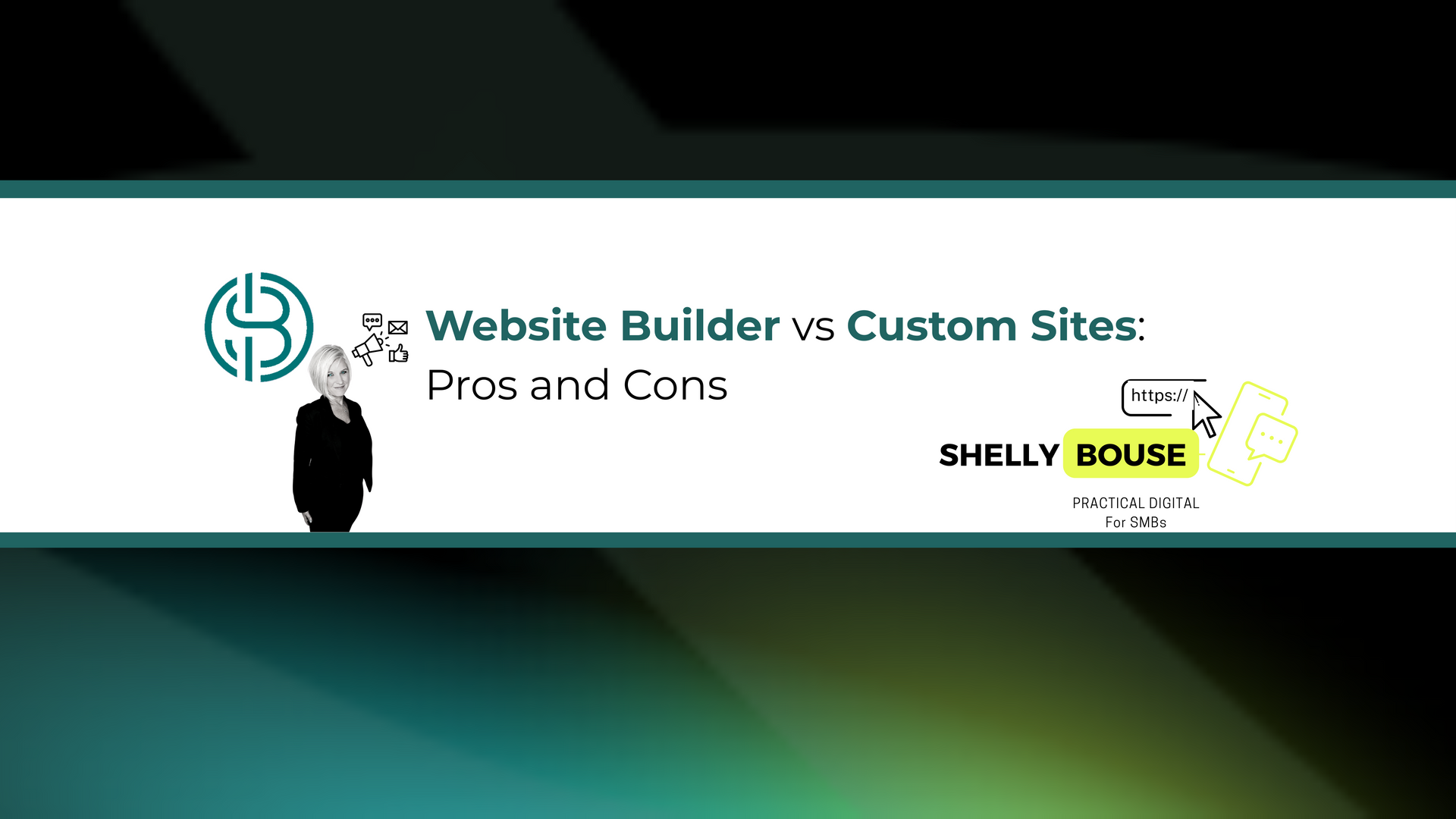Mastering SXO: Your Success Guide
Mastering the Art of SXO

Key Highlights
- SXO, or Search Experience Optimization, combines SEO with better user experience strategies.
- Its goal is to make websites easy to find and fun to use. This helps improve search rankings and user satisfaction.
- Key parts of SXO include technical SEO, content quality, site speed, and mobile optimization.
- SXO looks at engagement metrics like bounce rates, session duration, and conversion rates.
- Using SXO can lead to more visibility, better engagement, and improved conversions.
- Tools like Google Analytics and A/B testing can help refine SXO strategies well.
In today's online world, success depends on visibility and user experience. Search Experience Optimization (SXO) connects search engine optimization (SEO) with user experience. It helps improve your online presence. SXO looks at more than just getting a high rank in search engine results. It also aims to make user journeys better to keep users happy. SXO focuses on intuitive design, relevant content, and having the right technical skills to meet what users want. This makes it a key strategy for businesses that want long-lasting digital success.
What is Search Experience Optimization (SXO)?
Search Experience Optimization (SXO) mixes traditional SEO with user experience. It aims to improve how users connect with search results. This method focuses on having good quality content, making sites easy to use, and ensuring the content is relevant. The goal is to help visitors find what they need quickly and easily.
Defining SXO in the Current Digital Landscape
Search Experience Optimization (SXO) combines user experience and regular SEO. Its goal is to improve how users engage with online content. In today’s digital world, knowing how users act and adjusting plans to fit their needs is very important. This method focuses on delivering useful content, speeding up site performance, and making sure it works well on mobile devices. These factors help improve ranking on search engines. By understanding user intent and promoting a good user journey, SXO helps businesses attract organic traffic and turn visitors into loyal customers.
The Evolution from SEO to SXO
Shifting from traditional SEO to search experience optimization shows how digital user behavior is changing. At first, the focus was on keyword research and search engine algorithms. Now, the strategies have become more about how users feel and interact with a site. Great user engagement, easy-to-use design, and useful content are now key to a site's success. This change aims to bring in organic traffic and to create a good user journey. This focus leads to better conversion rates and builds brand loyalty with potential customers.
The Core Components of SXO

SXO includes important parts that help improve search visibility and user satisfaction. Technical SEO basics make sure that websites load quickly, work well on mobile, and have easy-to-use structures. User experience is very important. It focuses on making designs simple, navigation clear, and layouts smooth. Good content keeps people interested by providing useful and engaging information. When these things come together, they help visitors stay longer on the site and turn into customers while also boosting website rankings on search engines.
Balancing Technical SEO with User Experience
Technical aspects are very important for improving the user experience. They are the foundation of a good search experience optimization strategy. High site speed, mobile responsiveness, and an easy-to-use design make a big difference in the user journey. They help visitors move quickly through the site and interact with the content.
When we work on improving website performance, we should also remember to keep things relevant and to meet user intent. Finding a balance between technical SEO and user engagement helps build strong brand loyalty and reduce bounce rates. This, in turn, leads to better search engine rankings.
Content Quality and Relevance in SXO
Creating great content is key to improving search experience optimization. It’s important that the content is relevant. This means it should match what users want and help them at every stage of their user journey. Using tools like keyword research makes the content easier to understand. It also helps to make it work better with search engine algorithms, which can boost search rankings. In the end, good content leads to happier users and more engagement. This increases organic traffic and conversions, showing an overall better way to approach SXO.
Importance of Mobile Optimization
Prioritizing mobile optimization is very important today. Many people use mobile devices to go online. It is essential to create experiences that engaging for them. A responsive design helps make users happy and can improve search engine rankings. When you combine technical SEO with mobile accessibility, it improves the overall user journey. This lowers bounce rates and builds brand loyalty. In the end, a smooth mobile search experience can boost conversion rates and increase organic traffic.
Benefits of Implementing SXO
Implementing SXO has many benefits. It boosts user engagement and helps with search engine performance. Businesses see better visibility in search results. This helps turn casual visitors into loyal customers. The strategy increases conversions through easy navigation and interesting content. Furthermore, SXO builds stronger brand loyalty. It does this by matching user experiences with what customers expect. By focusing on technical SEO and user needs, SXO creates a good balance. This balance promotes important and measurable growth for businesses.
Improved User Engagement and Satisfaction
A better user experience starts with a smooth search that focuses on what users want. By offering content that matters and easy-to-use design, websites can connect more with their target audience. This makes people stay longer on the site and lowers bounce rates. It helps create an engaging experience that builds brand loyalty. Sites that do well in SXO use good keyword research and are mobile-friendly. This changes the user journey into a rewarding experience that meets what customers need and expect.
Enhanced Search Rankings and Visibility
A complete approach to SXO can greatly improve search rankings and visibility. When keyword research matches user intent, websites can serve their target audience better. This brings in more organic traffic. Also, focusing on user experience boosts engagement metrics. This leads to lower bounce rates and helps build brand loyalty. Combining focused content marketing with traditional SEO tactics lets you create a more intuitive design. This means faster site speed and better mobile responsiveness, which are key factors that affect how search engine algorithms rank pages in search results.
Increased Conversion Rates
Optimizing the search experience is very important for increasing conversion rates. A good user journey, made better by intuitive design and relevant content, attracts potential customers at every point. When businesses match SEO tactics with user intent, they can bring in more organic traffic and build brand loyalty. Experiences that fit user behavior help to lower bounce rates and improve overall user satisfaction. Using analytics to check engagement metrics helps to refine strategies. This makes sure that every visitor has a good chance to convert.
Strategies for Effective SXO Implementation
Integrating user experience design with traditional SEO helps create a smooth journey for visitors. To make an engaging experience, it is important to do keyword research that matches user intent. This ensures the content is relevant and connects with the target audience. Using tools like Google Analytics allows businesses to adjust their content strategies to fit different audiences. By continuously improving conversion rates and using A/B testing, they can refine their methods. This will improve site speed and responsiveness, which are key for attracting organic traffic and reducing bounce rates.
Integrating UX Design with SEO Practices
Connecting UX design with SEO practices is very important for improving search experience. A simple and clear design helps keep users interested. This means they stay on your website longer, which helps lower bounce rates. If you use a responsive design, people using mobile devices will also enjoy the site as much as those on computers. Additionally, using SEO tactics like keyword research in the UX process helps organize the site better. This makes it easier to guide users through their experience. This connection not only improves search rankings but also builds brand loyalty and increases user satisfaction.
Leveraging Analytics to Understand User Intent
Using analytics gives great insights into how users behave and what they like. This helps businesses change their content and improve the search experience. By looking at engagement metrics and understanding search intent, companies can better match their marketing plans with the needs of their target audience. Tools like Google Analytics allow the tracking of important performance indicators. This shows how users engage with specific keywords and pages. This approach that relies on data creates a more engaging experience. In the end, it boosts user satisfaction and increases conversion rates.
Adaptive Content Strategies for Diverse Audiences
Creating content that connects with different audiences means you need to understand how users act and what they want. You should break down your target audience by their demographics and preferences. This helps you make relevant content that meets their specific needs. Using this method improves user satisfaction and boosts engagement metrics. Additionally, using feedback and insights from user interactions can help you fine-tune your content marketing strategy. This way, your content stays engaging and effective on various platforms, including social media and mobile devices.
Measuring SXO Effectiveness
A close look at important performance indicators (KPIs) is key in checking how well search experience optimization (SXO) is working. Metrics like user engagement, bounce rates, and conversion rates give us a view into user behavior and their satisfaction. Using tools such as Google Analytics helps us understand how users interact with our content. This way, we can make changes based on real data. Keeping track of these engagement metrics regularly ensures our SEO tactics match user intent. This leads to better search engine rankings and a more positive user experience.
Key Performance Indicators (KPIs) for SXO
Monitoring how well search experience optimization works needs key performance indicators (KPIs). Look at
engagement metrics like user interaction and bounce rates to understand user satisfaction. Conversion rates also matter. They show how the user journey leads to desired actions. Use tools like Google Analytics to track organic traffic and see trends in user behavior. Overall, looking at these KPIs helps us understand both technical aspects and the quality of the user experience. This knowledge guides us in improving future strategies.
Tools and Techniques for Tracking SXO Success
Measuring how well search experience optimization works needs the right tools and methods to see how users interact. Google Analytics is great for understanding user behavior and engagement metrics. A/B testing is useful for testing different user journeys to see what works best. Tools like Google Search Console show core web vitals, which help improve site speed and mobile responsiveness. By tracking these things, you can boost organic traffic. This also helps make sure the content connects with the target audience, leading to better user satisfaction.
Using search experience optimization helps us understand user behavior and needs better. When brands combine technical SEO practices with intuitive design, they can improve user engagement and satisfaction. This, in turn, builds loyalty with potential customers. Important strategies include optimizing for mobile responsiveness and using effective content marketing. As the digital world changes, focusing on the user journey is essential. It helps businesses not only meet but also exceed what their audience expects, leading to lasting success.
Frequently Asked Questions
How does SXO differ from traditional SEO?
SXO highlights the importance of user experience along with regular SEO methods. Traditional SEO mainly works on improving content for search engines. On the other hand, SXO looks at how users engage with the website. This focus on user interaction helps create a more holistic approach to optimization.
Why is user experience crucial in SXO?
User experience is very important in SXO. It affects how users interact with a website. When the UX is good, user satisfaction goes up. This makes people stay longer on the site and lowers bounce rates. As a result, there is better engagement, improved search rankings, and higher conversion rates.











